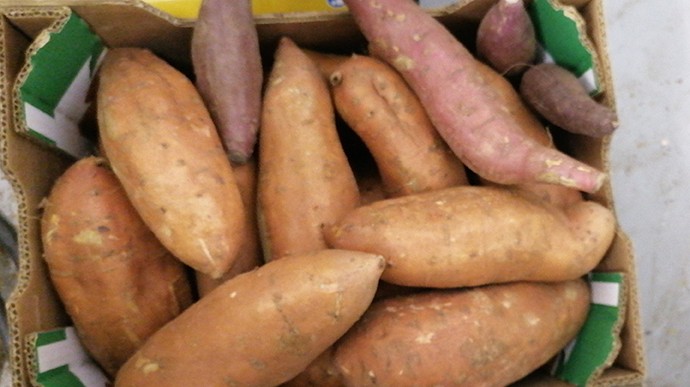 Gallery
Gallery
Explore this gallery to experience a day in the life of research scientists in Antarctica. Antarctica's ice mass is enormous, and melting continental ice will have dramatic effects on oceanic flow patterns and global seal levels. Antarctica is also the last “pristine” continent in that it remains largely unaffected by human activity, which is why conservation is imperative.
 Story
Story
Our latest issue of RE.SEARCH is out and focuses on how the University of Pretoria (UP) is implementing transdisciplinary research to co-create new knowledge to develop solutions and design new futures for us all.
 Stories
Stories
For years now, invasive water hyacinth plants have clogged up the North West’s Hartbeespoort Dam, which lies downstream from Pretoria and Johannesburg. In new research, hydrogeologists from the University of Pretoria (UP) have used the internal workings of the plants themselves to reiterate that the infestation is fueled by below-par sewerage works and inadequate sanitation facilities for...
 Talking Point
Talking Point
Nearly 300 years ago the Swedish botanist Carl Linnaeus secured his place in scientific history when he created what’s known as the binomial system. The year was 1737 and, due to the large diversity of plants and animals collected by naturalist explorers in different parts of the world, Linnaeus saw the need to develop a logical system to classify and group this material in a systematic way.
 Story
Story
Researchers at the University of Pretoria (UP) are making today matter by battling aggressive breast cancer through identifying genes that make African women more susceptible to certain forms of breast cancer. However, this is no easy task as very little genomic information is known about African populations. This is just one of UP's research projects that aim to ensure that there is a clear...
 Gallery
Gallery
Orange-fleshed sweet potatoes can be used to address micronutrient deficiencies, but are only available for two to three weeks a year. Researchers at the University of Pretoria are trying to prolong availability of the nutrient benefits by milling it into flour using various drying techniques to see which method preserves the nutrients best.
Copyright © University of Pretoria 2025. All rights reserved.
Get Social With Us
Download the UP Mobile App